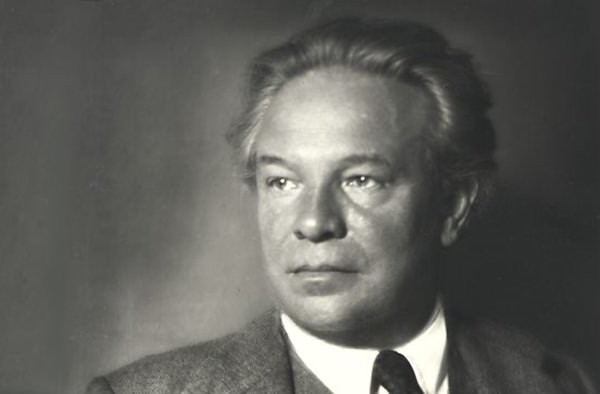
On Thursday 11th September 1591 John Baldwin added the finishing touches to his elegantly hand-written collection of keyboard music, entitled My Ladye Nevells Booke. He was one of the most famous music calligraphers of the day and this heavy, oblong volume of nearly two hundred pages must have been a gargantuan undertaking. It’s one of the finest Tudor music manuscripts in existence and contains forty-two pieces by William Byrd, the greatest English composer of the age. Strangely enough, the identity of Lady Nevell remains a mystery. She was clearly of noble birth because the coat of arms of the Nevell family appears on the title page. But that’s about as much as we know.
The book contains music composed by Byrd during the previous fifteen years and most of the works are short pieces of dance music including some unusually sombre galliards and pavans. But more importantly, the book also contains some of the first descriptive pieces ever written, a suite called The Battell. There are nine short movements with names like The Souldiers Sommons, The Marche of Footemen, The Marche to the Fighte and so on. To modern ears, it all sounds charmingly naïve, especially as the pieces would have been played on a tinkling clavichord. Nevertheless, the notion of music describing a battle must have seemed a novel idea at the time.
There are other pieces of music which attempt to describe warfare of some kind. The 1620s saw the first performance of Monteverdi’s Il combattimento di Tancredi e Clorinda, a work for voices and instruments that contains a theatrical battle scene. Then there’s Tchaikovsky’s old pot-boiler, the 1812 Overture and of course the first movement from Gustav Holst’s The Planets suite, Mars the Bringer of War which seems to evoke both the the horror and futility of warfare. Liszt wrote a heroic symphonic poem called The Battle of the Huns and Prokofiev wrote several works influenced by war themes.
Here’s a curious little work by a big name. It was written to commemorate the Duke of Wellington’s victory at the Battle of Vitoria in Spain in June 1813. It’s also known as The Battle Symphony or The Battle of Vitoria and it’s something of a musical novelty but rarely heard these days. The score calls for the usual strings and woodwind sections plus four horns, six trumpets, three trombones, timpani, a large battery of percussion including muskets, rattles and artillery sound effects.
It was first performed in Vienna the same year at a benefit concert for Austrian and Bavarian soldiers wounded at the Battle of Hanau. Beethoven himself conducted the performance and the piece was an immediate success, though probably less so with Vienna’s musical elite.
The music attempts to describe approaching opposing armies and uses several national melodies, including Rule Britannia and God Save the King. Two French national melodies were also used though Beethoven wisely chose not to include La Marseillaise because playing the tune was considered treasonous in Vienna at the time. It’s an odd work, with random drum beats here and there presumably to suggest guns firing. But somehow it doesn’t seem to hang together terribly well and it’s been regularly panned by music critics throughout history. Beethoven himself evidently had no illusions about the work’s lack of merit, but it brought him quite a decent income. I have to admit that this is not a piece I’d want to hear very often but it’s an interesting musical curiosity that shows even the finest composers can make errors of judgment.
This is the last movement of Respighi’s 1924 suite in which the four colourful movements depict pine trees in various parts of Rome at different times of the day. Ottorino Respighi is best known for his flamboyant orchestral music and especially the three symphonic poems: The Fountains of Rome, The Pines of Rome and Roman Festivals.
This final movement begins almost silently and portrays the Appian Way in the misty dawn, while in the far distance a massive legion marches under the brilliance of the rising sun. As the marching soldiers become closer and closer, the intensity of the music increases. Respighi wanted “the ground to tremble under the footsteps” of the advancing army and at one point uses the lowest notes of the organ. The piece is a gradual crescendo which rises to a thunderous climax with joyous brass fanfares as the army triumphantly marches towards the Capitoline Hill.
This video is getting on a bit in years but so am I, so I can hardly complain. Even so, this performance from the Stuttgart orchestra superbly conducted by Georges Prêtre, is as thrilling as ever.
Handy hint: If you’d like to listen to the music, either use your Smartphone to read the QR codes or go to this article online, click on the “live” links and you’ll go direct to the music videos.
 |
 |
 |





